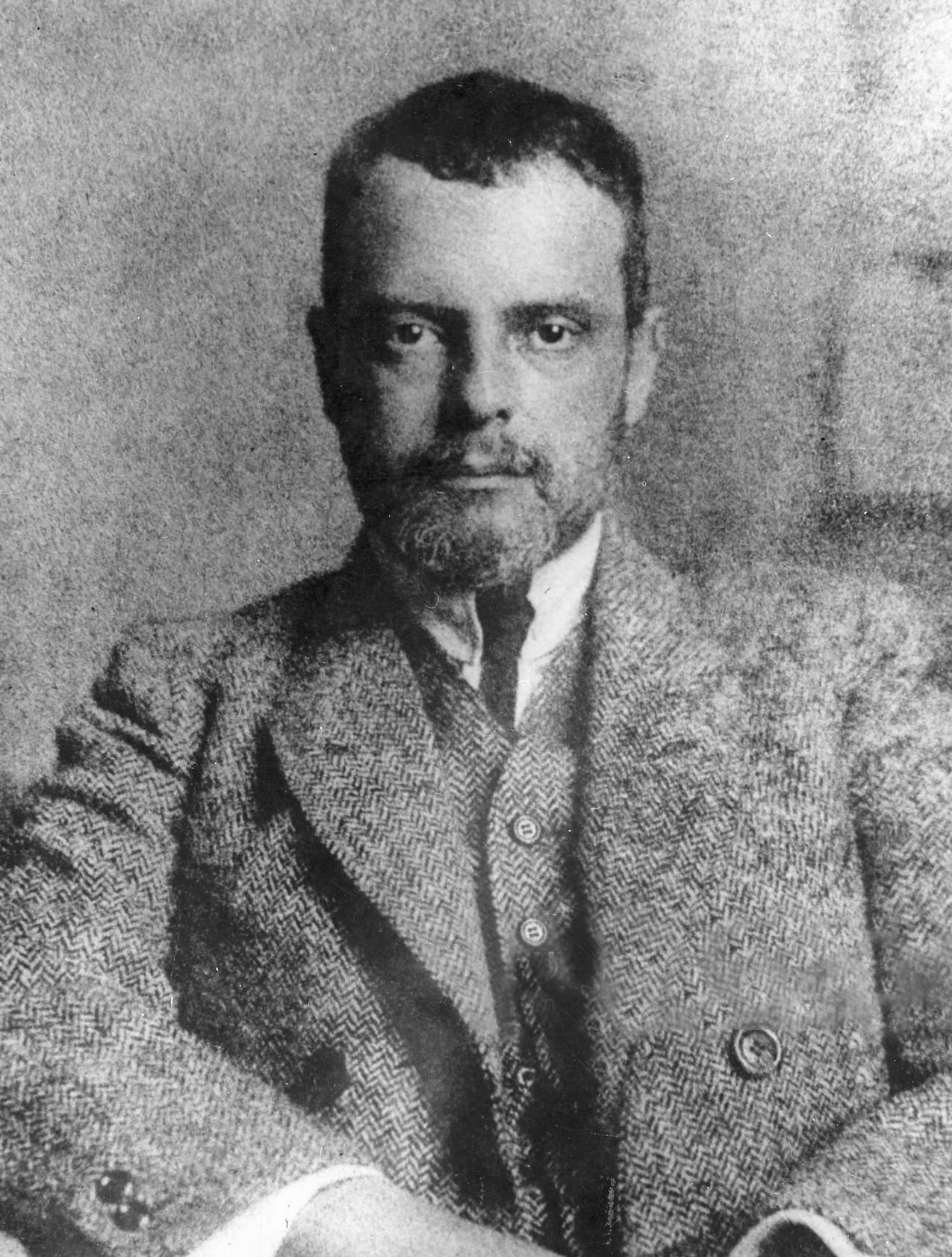Paul Klee

| Full name: | Paul Klee. |
|---|---|
| Nationality: | Swiss. |
| Born: | 1879, Münchenbuchsee, Switzerland. |
| Died: | 1940, Muralto, Switzerland. |
| Art style: | Expressionism, Surrealism. |
Paul Klee, born in Switzerland in 1879, was one of the most distinctive and influential artists of the 20th century. His style moves between Expressionism, Cubism, and Surrealism, yet it defies any strict categorization. Klee explored the boundary between abstraction and figuration, creating a visual language of his own, rich in symbols, rhythm, and inner emotion.
Most of his works were created with watercolors on paper, compositions where color, texture, and line form a kind of visual alphabet. His style is marked by a childlike simplicity, playful titles, and bright tones that conceal a complex internal order. He said: “Art does not reproduce the visible; it makes visible.” This phrase became a cornerstone of modern art. For Klee, painting’s value lay in its power to reveal the invisible — emotions, dreams, and the energy underlying all life.
His pursuit of authenticity and the primitive led him to appreciate the spontaneous drawings of children and the art of the mentally ill. He saw in them a purity of expression that rational art had lost. This search for the essential brought him close to the Bauhaus, where he taught and theorized, deeply influencing modern art education.
In addition to being a painter, Klee was a profound thinker. He declared: “Visual art never arises from an idea or a poetic impulse.” For him, creation was an intuitive construction — a balance between form, color, and space. “If an idea appears in the final result,” he said, “it’s completely irrelevant.” This analytical yet emotional view defined a new way of understanding painting, where intuition and structure coexist in harmony.
A fascinating fact: In 1935, Klee was diagnosed with scleroderma, a disease that hardened his skin and restricted his movements. Yet during these years he painted more than ever — over 1,200 works in a single year. His line became firmer, almost engraved, and his palette more restrained, as if illness transformed his body but not his creative force. His final works, such as "Tod und Feuer" ("Death and Fire"), are seen as a silent farewell, a synthesis of life, art, and eternity.
The value of Paul Klee’s legacy is immeasurable. His paintings reach prices exceeding $6 million, and his ideas remain a reference in art schools worldwide. With his freedom and relentless experimentation, Klee not only reshaped modern painting — he showed that art is not a copy of the visible world, but a mirror of the human soul.
abstract paintings